Your Call?
Which of today’s four featured images is your favorite? Why? Is there one you would have deleted? Why?
In the Last Blog Post
In the last blog post most folks went with the calling Limpkin image for all the obvious reasons and that was my first choice as well with the skinny vertical caracara a close second.
What’s Up?
The most traffic that I had driving from Lorton, VA to Long Island after I got off the Auto Train on Tuesday was in Far Rockaway, Queens, NY. All on my mainly I-95 route was amazingly clean and green before I drove over the Gil Hodges Memorial Bridge, the Marine Parkway Bridge of my childhood. Thoughts of driving my bike along the Belt Parkway to look for Cecropia Moth cocoons and to fish under the bridge filled my head. And when I got over the bridge and turned to the east I remembered the first time that my Dad’s Mom, Grandma Selma, took me fishing. We caught several small Bergalls. They are also know as Cunners. They are usually considered a trash fish, but Selma took them home and fried them up for lunch!
Wednesday morning was cloudy and overcast. The stars of the morning were several American Oystercatcher families feeding along the surf with handsome pairs of chicks — the fledged youngsters were all un-banded. Most of this year’s Common Tern crop are fledged and flying. It seems that there are fewer Black Skimmer chicks than last year. I found some tiny ones and some fledged and flying. Multiple IPT veteran Judy Stepanaskie drove up from Philly and joined me at the AirBnB for an early dinner. On a hunch, I tried an out of the way spot and we were rewarded by finding some tiny skimmer chicks and several nests with eggs right by the ropes. The overcast weather continued but we did much better than I expected.
Today is Thursday 7 August 2025 and Judy and I enjoyed a productive morning session that began cloudy with a northeast wind and wound up mostly sunny as the wind switched to the east at about 15 mph. Early on,, we worked a small Common Tern chick that was very cooperative as well as some skimmers on both eggs and chicks. Then we headed east and had some good flight photography. Whatever you opt to do, I hope that you too choose to have a wonderful and productive day and that you have fun too. Do remember that happiness is a choice — Byron Katie, The Work.Com.
If you’ve been thinking of joining me at Nickerson Beach, please e-mail for late registration discount info.
If an item — a Delkin flash card or reader, a Levered-clamp FlexShooter Pro, or a Wimberley lens plate or low foot — for example, that is available from B&H and/or Bedfords, is also available in the BAA Online Store, it would be great, and greatly appreciated, if you would opt to purchase from us. We will match or beat any price. Please remember also to use my B&H affiliate links or to earn 3% cash back at Bedford by using the BIRDSASART discount code at checkout for your major gear purchases. Doing either often earns you free guides and/or discounts. And always earns my great appreciation.
Gear Questions and Advice
Too many folks attending BAA IPTs and dozens of photographers whom I see in the field and on BirdPhotographer’s.Net, are — out of ignorance — using the wrong gear, especially when it comes to tripods and more especially, tripod heads. And the same is true in spades when ordering new camera bodies or lenses. My advice will often save you some serious money and may help you avoid making a seriously bad choice. Please know that I am always glad to answer your gear questions via e-mail. If you are desperate, you can try me on my cell at 863-221-2372. Please leave a message and shoot me a text if I do not pick up.
Don’t Just Shoot: Learn
If you are interested in changing your life and becoming a better photographer by joining me on the Extended IPT at Sebastian Inlet for Ospreys and more (SEPT 25 to NOV 24, 2025), in San Diego for Pacific-race Brown Pelicans and more (JAN 6 to FEB 2, 2026), or for Roseate Spoonbills at Stick Marsh (March 2026), please e-mail for dates, rates, terms, and additional information. Or shoot me a text to 863-221-2372. Some offerings include options for shared AirBnB lodging and meals. Ground transportation during your stay is a possibility at times.
B&H Simplified
To ensure that I get credit for your B&H purchases, you can always click here. The tracking is invisible but using my affiliate links is greatly appreciated. And, with B&H, you can use your PayBoo card. You must use the website to order. You cannot get your free guides if you make a phone order. Once you have an item in your cart, you must complete the order within two hours. Huge thanks!
B&H
Many folks have written recently stating that they purchased a Sony a1 from B&H and would like their free membership in the Sony 1 Info and Updates Group, a $150.00 value. But when I check my affiliate account, their orders have not been there. When I let them know that they get credit for B&H purchases only if they use one of the many B&H affiliate links on the blog or begin their searches with this link, they are always disappointed. If in doubt, please contact me via e-mail and request a BH link. I am always glad to help and to guide you to the right gear.
|
|
|
This image was created on 14 January 2025 on the 2025 San Diego Extended IPT. Standing at full height, I used the Robus RC-5570 Vantage Series 3 Carbon Fiber Tripod/Levered-Clamp FlexShooter Pro-mounted Sony FE 600mm f/4 GM OSS lens with the Sony FE 2x Teleconverter and The Latest Greatest Sony Flagship Body, the a1 II Mirrorless Camera. The exposure was determined by Zebras with ISO on the rear wheel. ISO 800: 1/1600 second at f/8 (wide open) in Manual mode. RawDigger showed that the exposure was perfect. AWB at 10:19:28am on sunny morning. Wide: Zone/AF-C with Bird-Eye/Face Detection performed perfectly. Click on the image to enjoy the high-res version. Image #1: Brown Pelican Pacific race preening |
A La Jolla Secret
Getting a sunlit pelican with a dark background is tricky. You need to be somewhat off sun angle and get as tall as possible to utilize the dark shaded cliffs as background. The results are always different and can be stunning.
|
|
|
This image was created on 17 January 2025 on the 2025 San Diego Extended IPT. Standing at full height, I used the handheld Sony FE 200-600mm f/5.6-6.3 G OSS lens (at 600mm) and the and The Latest Greatest Flagship Body, the Sony a1 II Mirrorless Camera. Evaluative metering +1.7 stops. AUTO ISO set ISO 125: 1/8 sec. at f/32 in Shutter Priority mode. Exposure determined via Zebras with Exposure Compensation on the Thumb Wheel. RawDigger showed that the exposure was perfect: AWB at 7:31:08am well before the sun came over the hills of La Jolla. Lower center Tracking: Spot XS/AF-C with Bird Eye/Face Detection enabled performed perfectly. Image #2: Brandt’s Cormorants leaving the wall |
Dependable But Different
Early every morning at La Jolla, hundreds of Brandt’s along with a very few Pelagic Cormorants fly out from the nesting wall, sometimes en masse. I most often try to create pleasingly blurred motifs. Image #2 was created by combining two photos — one of the birds and one of the Pacific Ocean, and playing around with the Blending Modes. Both images were created at 1/8 second.
|
|
|
This image was created on 18 January on the 2025 San Diego IPT. Seated on damp sand and worked off the tilted read screen I used the foot-pod technique with the the handheld Sony FE 300mm f/2.8 GM OSS Lens (Sony E) with the Sony FE 2x Teleconverter and the Latest Greatest Sony Flagship Body, the a1 II Mirrorless Camera. ISO 1600. Exposure determined via Zebras with ISO on the Thumb Wheel; 1/1000 sec. at f/5.6 (wide open) in Manual mode. RawDigger showed that the exposure was dead solid perfect: AWB at 7:09:56am just after sunrise at Coronado Beach. Wide/AF-C with Bird Eye/Face Detection enabled performed perfectly. Image #3: Marbled Godwit distal rhynchokinesis |
Distal Rhynchokinesis
Most long-billed shorebird species (Scolopacidae) worldwide have the amazing ability to bend the flexible tip of their upper mandibles upwards, as seen dramatically in Image #3. Distal rhynchokinesis has long been commonly associated with the deep probing feeding method. In 2007 Sora M Estrella and José A Masero reported for the first time the use and occurrence of distal rhynchokinesis in wild long-billed shorebirds feeding on small prey items suspended in water! Learn more about their discovery here.
Marbled Godwits are not easy in San Diego but I know the perfect spot to try for them in early morning light.
|
|
|
This image was created on 17 January 2025 on the 2025 San Diego Extended IPT. Seated on grass and dirt, I used the knee-pod technique with the handheld Sony FE 200-600mm f/5.6-6.3 G OSS lens (at 600mm) and the and The Latest Greatest Flagship Body, the Sony a1 II Mirrorless Camera. The exposure was determined by Zebras with ISO on the rear wheel. ISO 1250: 1/1000 second at f/6.3 (wide open) in Manual mode. RawDigger showed that the exposure was perfect. AWB at 4:01:53pm in the shade. Wide: Zone/AF-C with Bird-Eye/Face Detection performed perfectly. Click on the image to enjoy the high-res version. Image #4: Wood Duck leucistic hen |
Leucism in Birds
Bird leucism is a genetic mutation that results in a total or partial reduction of color in a bird’s plumage. The reduction of color in the bird’s plumage is due to an inadequate deposition or fixation of pigments only in the bird’s feathers. Other parts of the bird’s body have normal coloration. I like to describe luecistic (loo-si-stuhk) birds as mocha colored. This hen Wood Duck was quite tame and posed for the group on several afternoons.
Leucistic birds have the normal pigments and amount of melanin. The pigments are inadequately fixated or fail to be deposited properly in the feathers. This means that leucistic birds have a normal coloration of the eyes, bill, legs, and bare parts. Unlike albinism, which affects all pigments and results in pink eyes, leucism only affects the deposition of pigment in the feathers; the eyes typically retain their normal coloration.
The above was adapted in part from the Avian Report here.
|
|
|
San Diego offers an incredible variety of attractive avian subjects, including and especially the Pacific race of Brown Pelican. Clockwise from top left back to center: juvenile and sub-adult Brown Pelicans; Heermann’s Gull; Western Gull; Allen’s Hummingbird; Brandt’s Cormorant; Gadwall hen; Wood Duck drake; Willet; Brown Pelican tight flight. Click on the composite to enjoy a larger version. |
The 2026 San Diego Brown Pelicans (and more!) IPTs
San Diego IPT #1: 4 1/2 DAYS: THURS 8 JAN thru the morning session on MON 12 JAN 2026: $2599.00. Deposit: $699.00. Limit: 6 photographers.
San Diego IPT #2: 4 1/2 DAYS: FRI 16 JAN thru the morning session on TUES 20 JAN 2026: $2599.00. Limit: 6 photographers.
Morning BAA In-the-Field Instructional Sessions (ITFIS) followed by brunch and an Image Review & Photoshop session: $449.00/per session
Available dates: JAN 14 & 15 and 21-23 2026. Please get in touch with questions or to register with an e-mail to samandmayasgrandpa@att.net and please shoot me a text to 863-221-2372.
AirBnB accommodations and ground transport with the leader are available for all IPTs and for all In the Field Instructional Sessions on a first come, first served basis. Please e-mail for details and information on personalized pre- and post-IPT morning sessions.
Join me in San Diego to photograph the spectacular breeding plumage Brown Pelicans with their fire-engine red and olive green bill pouches; Brandt’s (nesting) and Double-crested Cormorants; breeding plumage Wood and Ring-necked Ducks; other duck species possible including Lesser Scaup, Redhead, Northern Shoveler and Surf Scoter; a variety of gulls including Western, California, and the gorgeous Heermann’s, all in full breeding plumage; shorebirds including Marbled Godwit, Willet, Sanderling and Black-bellied Plover; many others are possible including Least, Western, and Spotted Sandpiper, Whimbrel, Black and Ruddy Turnstone, Semipalmated Plover, and Surfbird; Harbor Seals and California Sea Lions (both depending on the current regulations and restrictions). And as you can see by studying the IPT cards, there are some nice bird-scape and landscape opportunities as well. Not to mention a ton of excellent flight photography opportunities and instruction.
Please note: where permitted and on occasion, ducks and gulls may be attracted (or re-located) with offerings of grains or healthy bread.
|
|
|
San Diego offers a wealth of very attractive natural history subjects, including and especially the Pacific race of California Brown Pelican. With annual visits spanning more than four decades, I have lots of photographic experience there … Click on the composite to enjoy a larger version. |
Learning Exposure, Whether You Like It Or Not
Whether you like it or not, we will be beating the subject of exposure like a dead horse. In every new situation, you will hear my thoughts on exposure along with my thoughts on both Nikon and Canon histograms and SONY Zebras. Whether you like it or not, you will learn to work in manual mode so that you can get the right exposure every time (as long as a bird gives you ten seconds with the light constant). Or two seconds with SONY zebras … And you will learn what to do when the light is changing constantly. What you learn about exposure will be one of the great takeaways on every IPT.
|
|
|
Though the pelicans will be the stars of the show on this IPT, there will be many other handsome and captivating subjects in wonderful settings. Click on the composite to enjoy a larger version. |
It Ain’t Just Pelicans
With gorgeous subjects just sitting there waiting to have their pictures taken, photographing the pelicans on the cliffs is about as easy as nature photography gets. With the winds from the east almost every morning, there is usually some excellent flight photography, at times with 70-200mm lenses! And the pelicans are almost always doing something interesting: preening, scratching, bill pouch cleaning, or squabbling. And then there are those crazy head throws that are thought to be a form of intra-flock communication. You will be guided as to how to make the best of those opportunities. Depending on the weather, the local conditions, and the tides, there are a variety of other fabulous photo chances available in and around San Diego. Each IPT will include one or two duck sessions.
|
Did I mention that there are lots of great birds and natural history subjects in San Diego in winter? Click on the composite to enjoy a larger version. |
The San Diego Details
These IPTs will include four or five 3-hour morning photo sessions, three or four 1 1/2-hour afternoon photo sessions, and three or four working brunches that will include image review and Photoshop sessions. On rare cloudy days, we may — at the leader’s discretion, stay out in the morning for a long session and skip that afternoon shoot. To ensure early starts, breakfasts will be your responsibility. And so that we can get some sleep, dinners will be on your own as well. In the extremely unlikely event that Goldfish Point is closed due to local ordinance (or whimsy) — that has never happened in the past fifty years, I will of course do my very best to maximize our photographic opportunities.
|
|
|
San Diego offers a wealth of very attractive natural history subjects, including and especially the Pacific race of California Brown Pelican. With annual visits spanning more than four decades, I have lots of photographic experience there. Click on the composite to enjoy a larger version. |
Deposit Info
A $699 deposit is required to hold your slot for one of the 2024 San Diego IPT. You can send a check (made out to “BIRDS AS ART”) to us here: BIRDS AS ART, PO Box 7245, Indian Lake Estates, FL, 33855, or call Jim or Jennifer at the office with a credit card at 863-692-0906. Your balance, payable only by check, is due three months before the trip.
|
Variety is surely the spice of life in San Diego. Click on the composite to enjoy a larger version. |
Getting Up Early and Staying Out Late
On all BIRDS AS ART IPTS including and especially the San Diego IPT, we get into the field early to take advantage of unique and often spectacular lighting conditions and we stay out late to maximize the chances of killer light and glorious sunset silhouette situations. We often arrive at the cliffs a full hour before anyone else shows up to check out the landscape and seascape opportunities.
Typos
With all blog posts, feel free to e-mail or to leave a comment regarding any typos or errors.

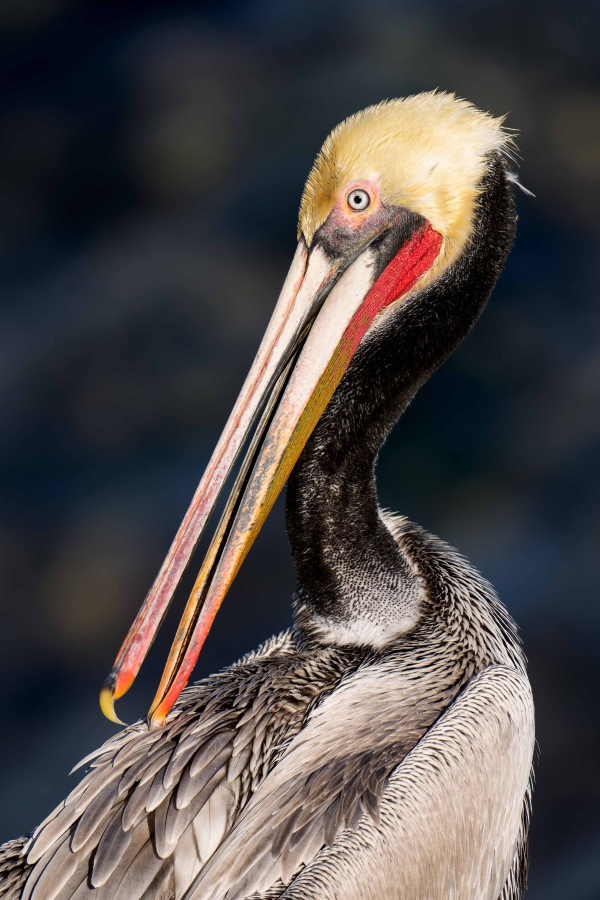
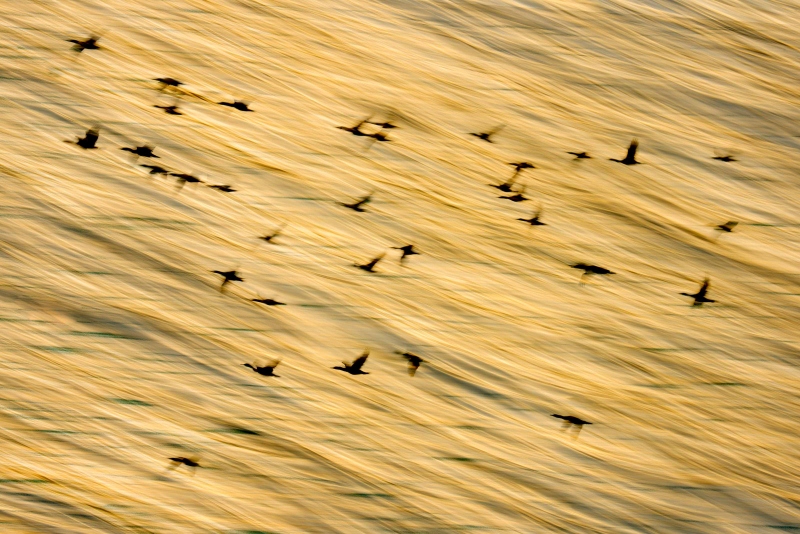
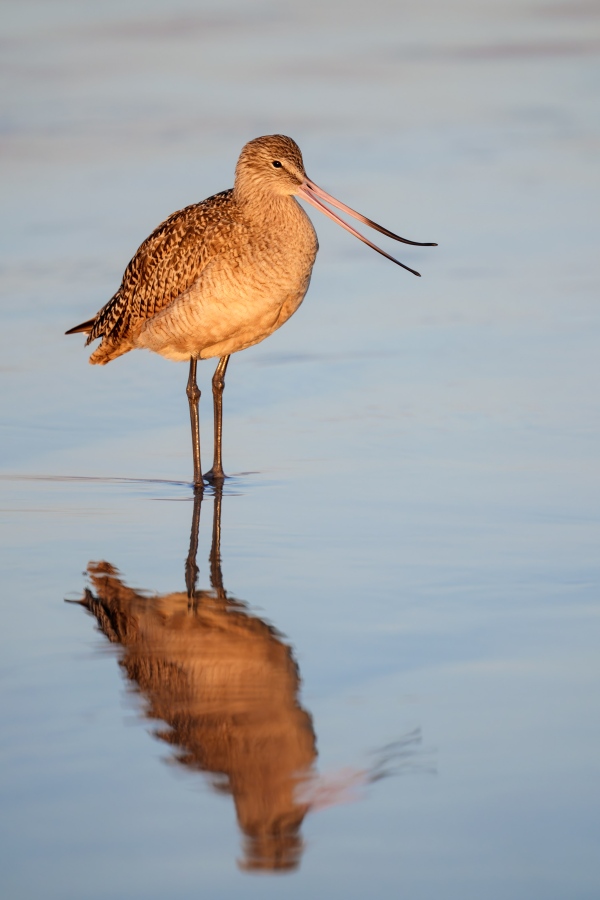
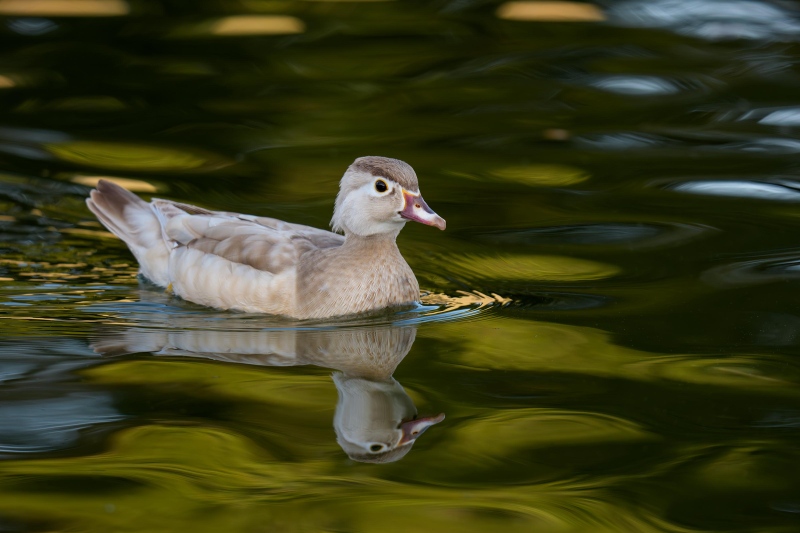
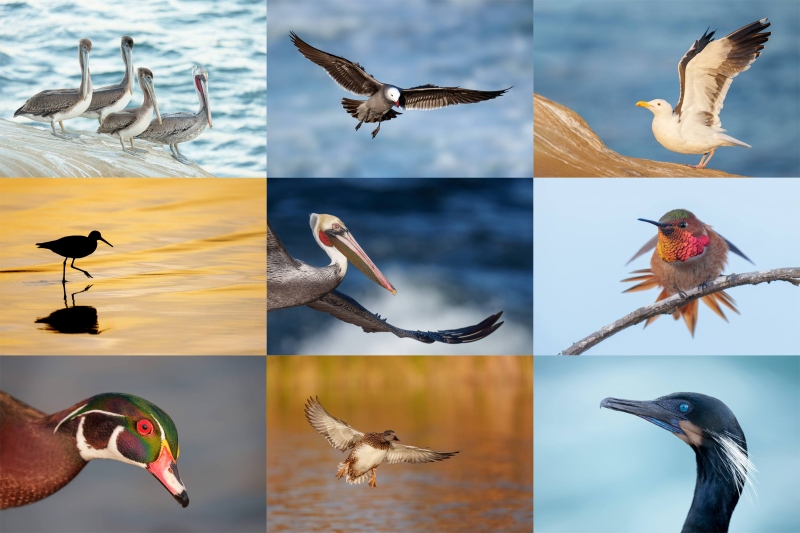
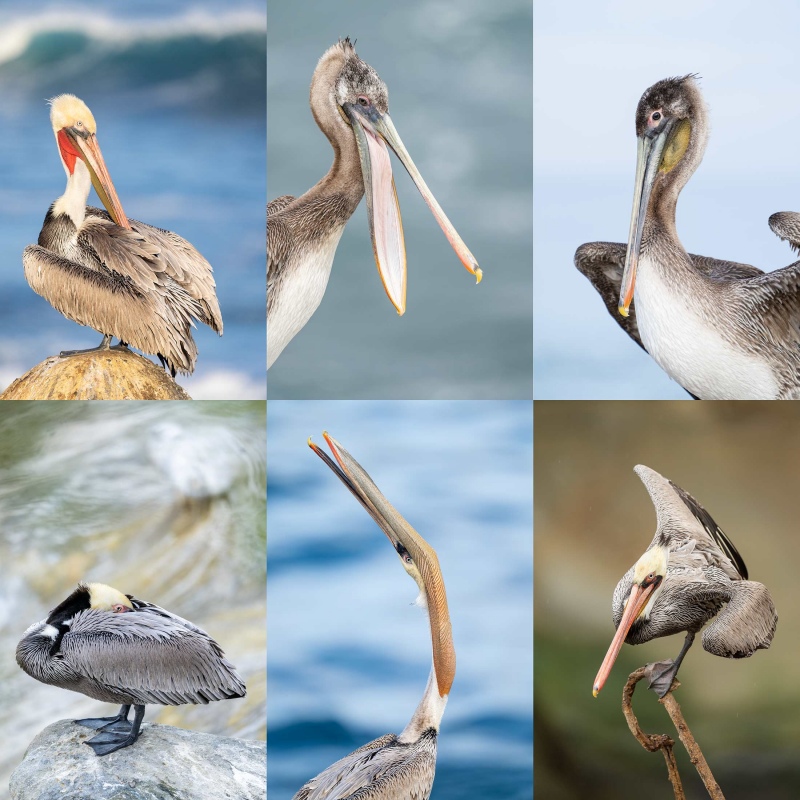
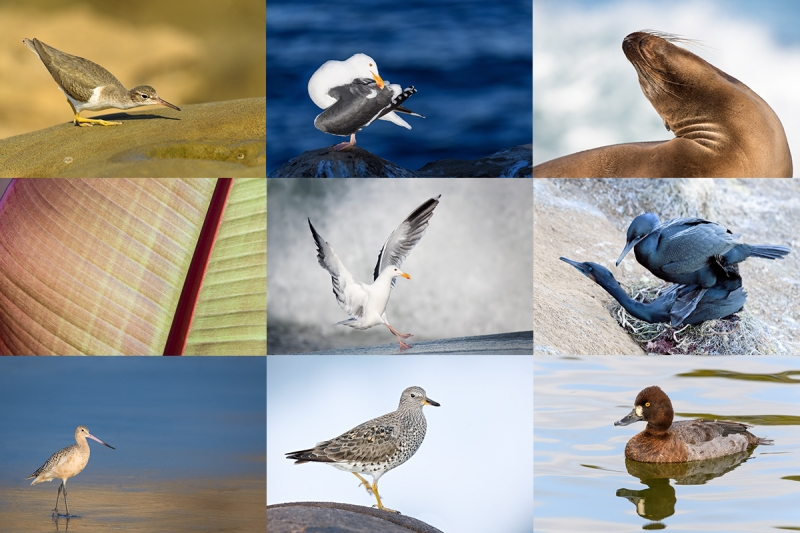

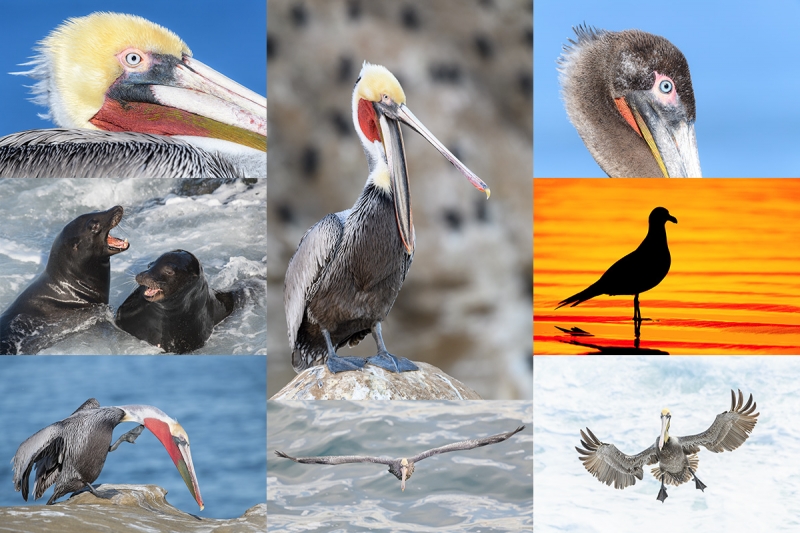







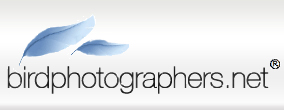


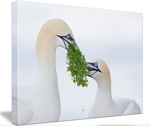



I like the background colors in Image 1, and the science in 3 and 4, but my favorite image is #2, Cormorants Leaving the Wall, which would look great as a print on the wall. Love the colors, shapes, and patterns. Just recently processed some shorebird blurs from Bolsa Chica (2009), most not previously processed.
For me, it’s hands down image #1. The light. The textures. The colors. The the pose with the look over the shoulder. The dark ocean background. I like almost everything about it. There is one thing I really don’t like tho, it’s not mine!
Hi Artie, total random comment, but just sharing that the leucistic wood duck hen is alive and well, saw her last weekend at Santee.
Thanks, Roger. She is a honey in more ways than one. Albino birds have greatly reduced left expectancy because they stand out in a crowd. Not sure of the leucistic ones.
artie